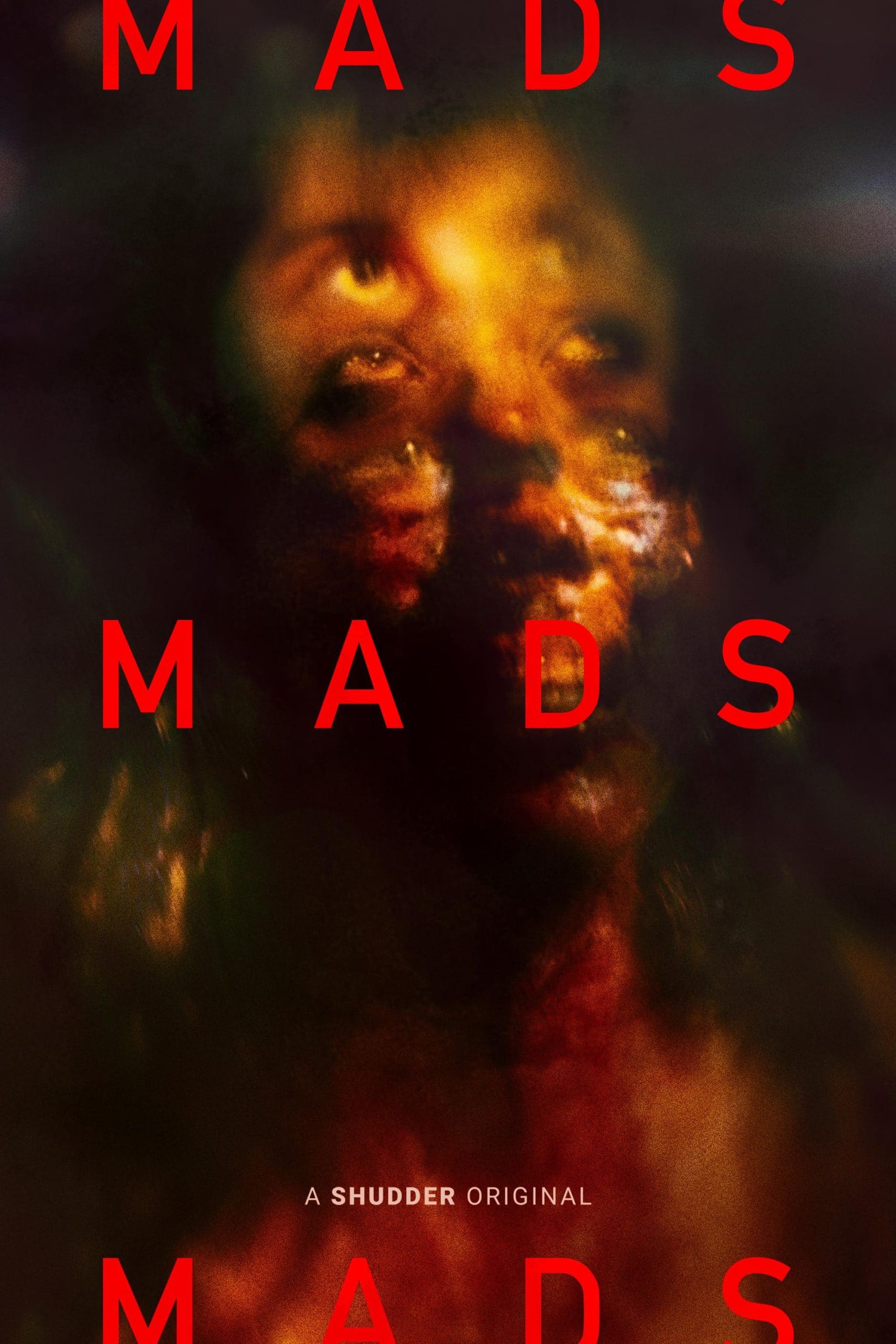
- Starring
- Milton Riche, Lucielle Guillaume, Laurie Pavy
- Writer
- David Moreau
- Director
- David Moreau
- Rating
- 14A (Canada)
- Running Time
- 88 minutes
- Release Date
- October 18th, 2024 (Shudder)
Overall Score
Rating Summary
David Moreau’s return to the horror genre pushes spectators through a technical exercise in filmmaking while traversing wealthy French neighborhoods that is shot entirely in one shot. MadS, on the other hand, takes an approach closer to that of the found footage subgenre, exploiting the intimacy of handheld and omnipresent camera work to its fullest. What begins as a fascinating exercise in filmmaking quickly turns into an exercise in patience as the film simply fails to offer much beyond its exciting premise and technical execution.
Set in modern era France, the film follows three hedonistic teens as they struggle against the vibrant and frenetic hedonism of their 20’s while battling a zombie virus. Told from these three perspectives, it splits them to make up the standard three-act structure. The first act follows Romain (Roche), as he sees the catalyst for the infection while he samples and purchases a new product from his supplier, a product that would prove to be troublesome for, well, the world. Anais (Pavy), meanwhile, wanders the streets of France while fighting the urges of the infection towards friends and strangers, escaping the authoritarian pandemic squad hunting down contaminated citizens. Finally, Julie (Guillaume) searches for her mother amidst the apocalyptic soundscapes of her apartment complex, encountering primal and human horror along the way.
MadS puts an interesting spin on the zombie formula through its simulated one-take structure and in medias res approach. Moreau throws audiences right into the trauma with the characters, beginning with the catalyst for the events and following it through to its bleak and nihilistic finish while moving from character to character, giving audiences a sense of the horrors that are unfolding in the world around them and also exploring the ideological horror of societal collapse and drug abuse. But therein lies the film’s best and worst qualities. It is excellent on the technical side, where its direction and mise en scene combine for a quite spectacular immersive audiovisual experience. This is amplified by the film’s one-take style, one propelled through handheld camera work and intimate shots, revealing to the audience the characters receding physical and mental state as the infection works its way up to their Cerebrum.
It is within these moments where the film is ultimately at its best, the characters’ vulnerability in the midst of the chaos allows for the film to approach moments of empathy within characters who are also quite disdainful. Romain, losing connection with his father over the phone in his last few moments of humanity, is truly heartbreaking, making his section of the film the most compelling. Additionally, the film’s subtle world building and exposition is excellent as Moreau constantly leaves audiences on a need-to-know basis, revealing only information relevant to the character’s experience. His direction delivers an intimate and momentarily engrossing experience, one which suffers once the film’s technical prowess wears off, as its horror elements are never truly effective and very seldom go beyond being anticlimactic.
In the end, each act plays out far too similarly and the film’s structure becomes increasingly wearing as it goes on. While its adept technical side is worth commending, even films that serve as a sort of demo reel, but in this case, it is hard to be engaged with much else. The result is a watch that leaves audiences at a distance. In spite of its nihilistic approach and technical prowess but struggle, they struggle against the execution of its thrills and repetitive structure. The film stands as a fascinating experiment but is also one that is difficult to connect with.
still courtesy of Shudder
If you liked this, please read our other reviews here and don’t forget to follow us on Twitter or Instagram or like us on Facebook.
Discover more from
Subscribe to get the latest posts sent to your email.

